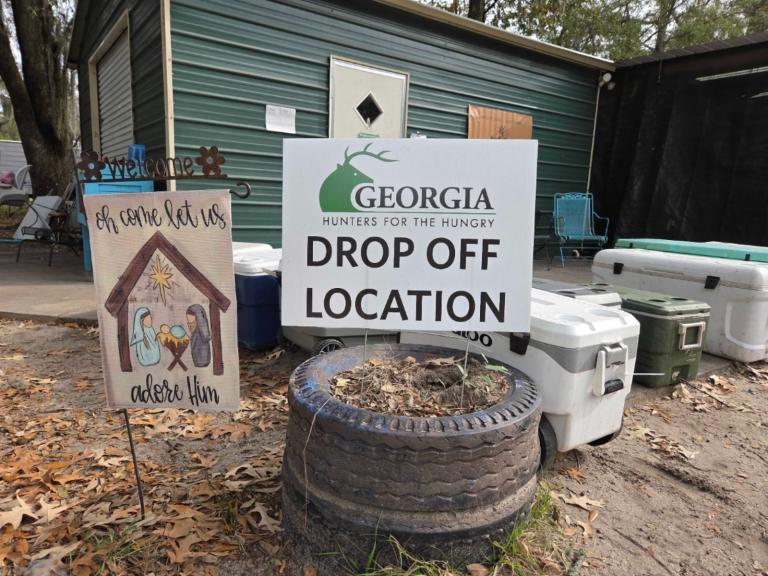Regulation might not be the best way to create greener markets, but the right sort of regulations enforced the right way can work.
That’s a lesson in the organic market, which witnessed a first this week: a mega-organic dairy with 10,000 cows (3,500 “organic”), which was clearly skirting regulations, was suspended by a certifier and no longer allowed to sell “organic” milk.
I blogged on this development over at Chews Wise, and only bring it up here because the organic market is one of the most developed green markets. It has been around for nearly three decades and has been defining national regulations in the U.S. at least since 1990. With the increasing popularity of the food, a lot of new producers have rushed into the market and there have been clear attempts to skirt or push the envelope of those regulations.
At first, no one seemed to notice, since industry players seemed content to benefit from the growing market size and not rock the boat too much.
But then consumer and farmer advocacy groups began blowing their horns, revealing these practices and trying to restore integrity to the market. In the dairy sector, that move was pursued on two fronts: by coalitions of smaller organic dairy farmers who were clearly losing at the expense of bigger operations, and by an advocacy group known as the Cornucopia Institute.
They “outed” the violators with a publicity campaign, essentially holding the organic market to greater transparency. And secondly, they sought to rewrite the organic regulations so that those pushing the envelope would be reined in.
As a result, public pressure built on the USDA National Organic Program and on certifiers.
The result: Last month, QAI, a major certifier, suspended the organic operations of the Case Vander Eyk farm in the Central Valley of California. This was significant — the first time a certifier of this sort of mega-dairy has taken this type of action.
The regulatory reform is happening at a much slower pace, though the USDA promises to reveal some sort of regulation on dairy practices this summer.
In the meantime, this advocacy has produced its own brand of consumer journalism on the net. This blog post and video eulogy of the farm was posted by a person who lives nearby.
What’s the upshot? It’s necessary to have tough regulations and to continually refine them in reaching for the goal of a sustainable market … but it is not sufficient. What’s also needed is awareness, continual advocacy, and political pressure.


